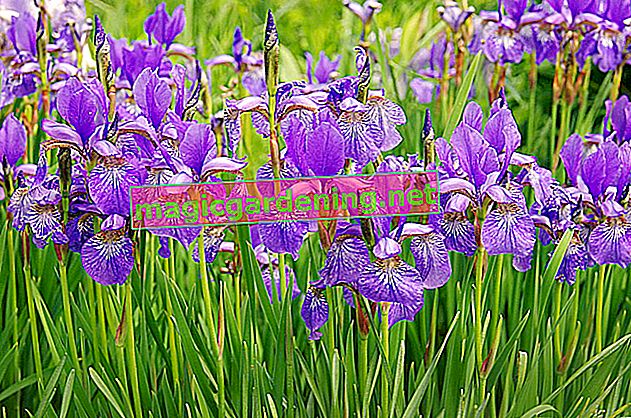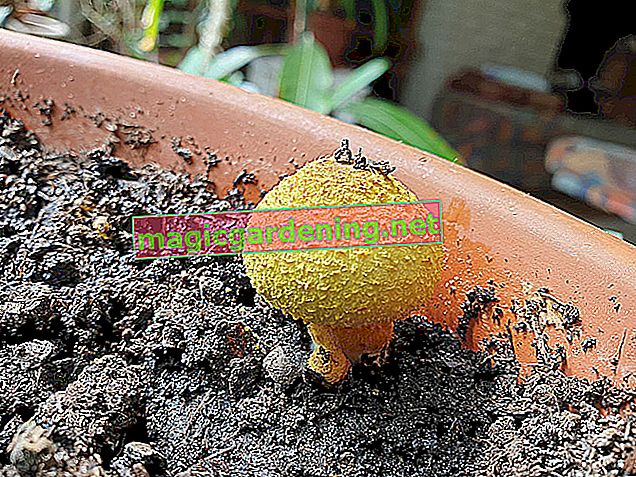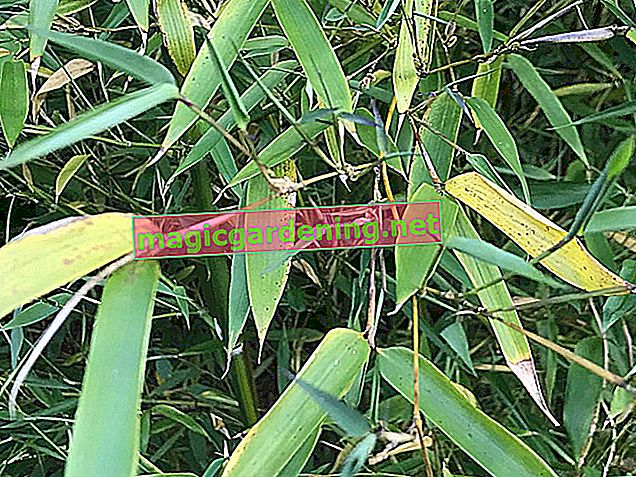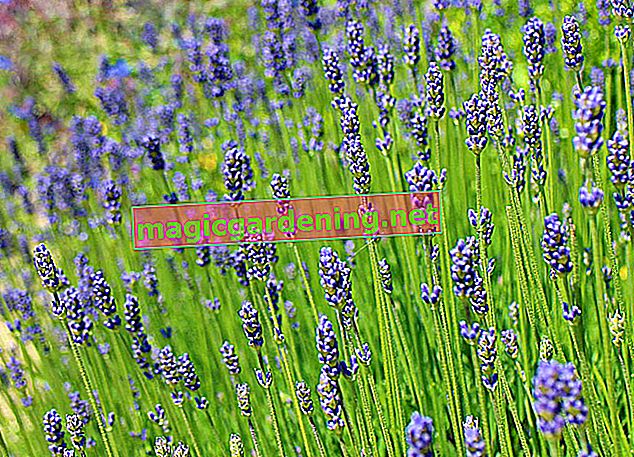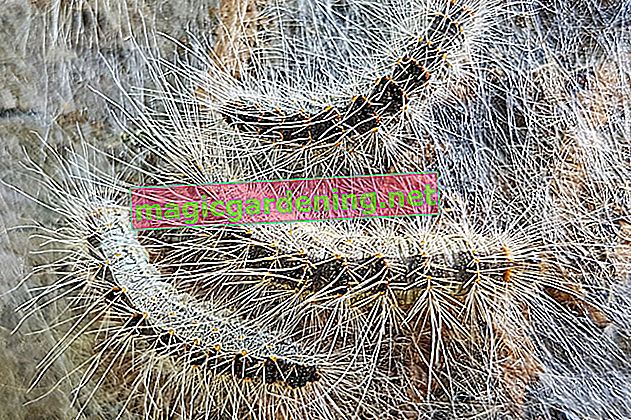
What toxins does forsythia contain?
All of the parts of the plant contain toxins:
- Leaves: saponins, glycosides
- Seeds: saponins, glycosides
- Flowers: glycosides, essential oils
also read
- Forsythia are only slightly poisonous to cats
- Forsythia are not poisonous to dogs
- When is the best time to cut forsythia?
Which complaints can arise?
It is not really dangerous if something of the forsythia plant parts accidentally gets into the human cycle. You would have to ingest large amounts of the plant to get seriously ill.
Consequences of consuming forsythia can be:
- stomach pain
- nausea
- diarrhea
You treat poisoning by giving the person concerned plenty of water or herbal tea to drink. This will dilute the concentration of the ingredients.
Wash hands after care
After caring for the bushes, you should wash your hands thoroughly to remove any adhering material.
Sensitive people should only care for forsythia in the garden with gloves.
If possible, avoid touching your face with your hands while grooming.
Keep young children away from forsythia
Pay attention to young children and prevent them from using fallen flowers, cut branches or other parts of plants to play.
If you have the feeling that your child has eaten forsythia flowers or leaves, inform the pediatrician to be on the safe side.
Tips & Tricks
Forsythia are also only slightly toxic to pets such as dogs and cats. When cutting, make sure that the animals do not play with the cut bushes and nibble on them.


